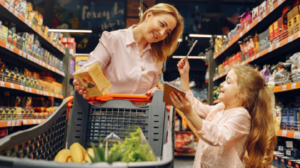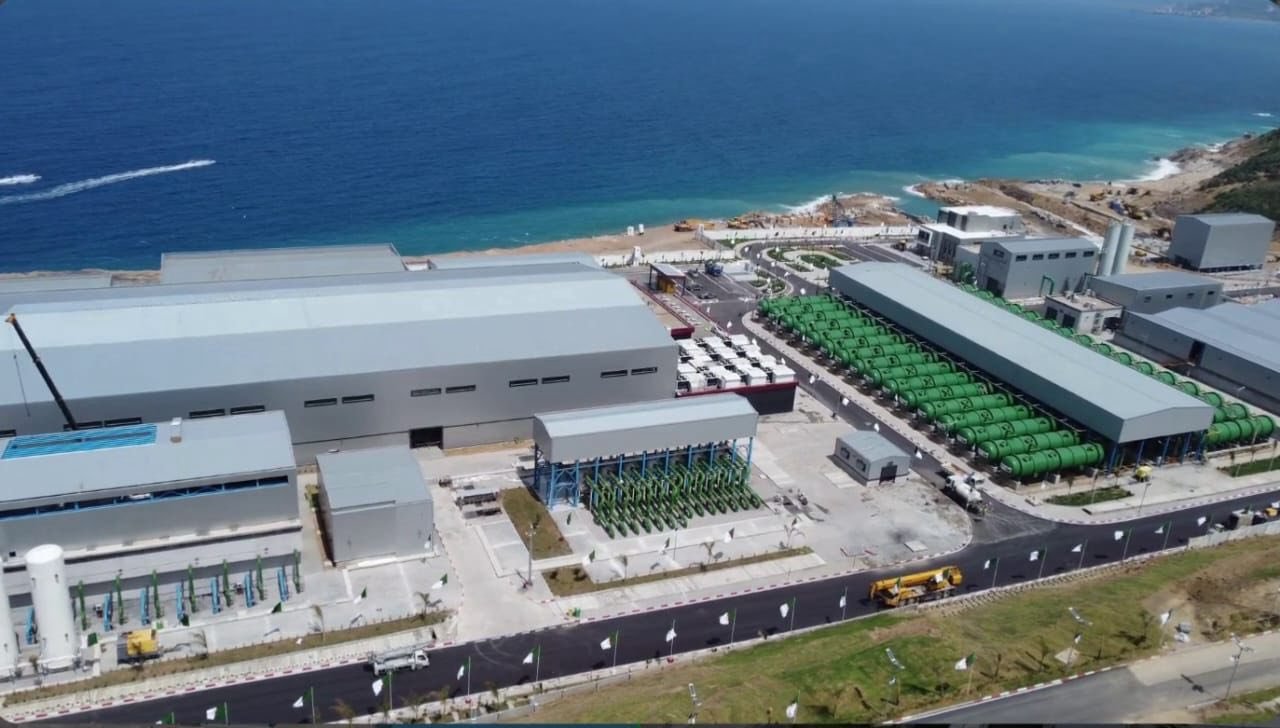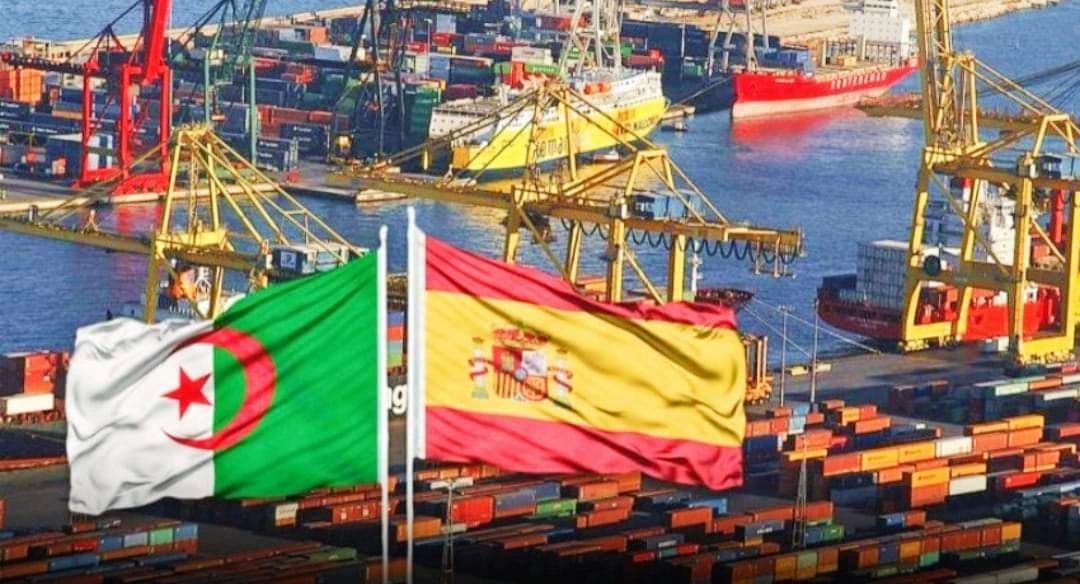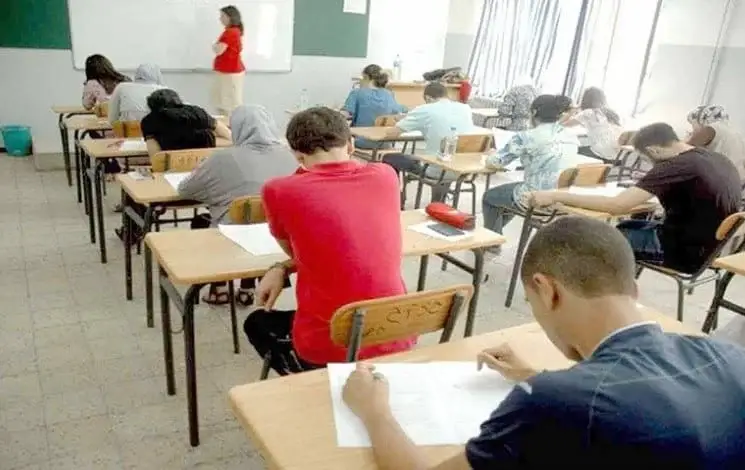Supermarket Shelf to Social Crisis: Rising Food Prices
Most people notice the problem first at the checkout counter. The same basket of groceries costs more each week, even... L’article Supermarket Shelf to Social Crisis: Rising Food Prices est apparu en premier sur Algérie Patriotique.

Most people notice the problem first at the checkout counter. The same basket of groceries costs more each week, even though the items haven’t changed. It starts as frustration, but over time, the rising cost of food becomes more than a personal problem. It builds into a social one. Just as digital platforms experiment with unpredictable formats like funky time game live, food markets can swing quickly, leaving households and governments struggling to adapt.
The Layers Behind Rising Prices
Food inflation does not come from one source. It is the product of several pressures working at once. Climate change brings floods, droughts, and shifting growing seasons that cut into harvests. Global conflicts affect trade routes, fuel costs, and fertilizer supplies. A container stuck at a port in one country can raise the price of rice or wheat in another.
On top of that, commodity markets amplify small shocks. Investors bet on grain, oil, or sugar futures. When uncertainty rises, prices rise too, even if the harvest itself is not catastrophic. The result is a cycle where a local problem becomes a global cost.
How Families Adjust
For households, food inflation feels sharper than other kinds. Housing costs may rise slowly, but food changes week to week. Families cut back by buying less, switching to cheaper staples, or giving up variety. The nutrition gap grows when the cheapest foods are also the least healthy.
Parents often shield children from the worst of it, but over time, the stress shows. Diets shift toward calories rather than balance, and health outcomes follow. In many low-income households, the share of income spent on food climbs to half or more, squeezing out spending on other essentials.
Governments Under Pressure
Governments cannot ignore rising food costs. History shows that high bread or grain prices often precede unrest. Unlike luxury goods, food inflation is visible and immediate. When shelves are bare or prices spike, protests follow.
Policy responses are usually short-term. Subsidies, export bans, and price controls appear quickly, but each brings side effects. Subsidies strain budgets. Export bans may stabilize domestic markets but raise prices abroad. Price controls can reduce incentives for farmers to plant more, worsening supply in the long run.
The tension is clear: governments try to buy time, but the deeper causes—climate, energy, global trade—remain unsolved.
The Global Divide
Food inflation exposes global inequality. Wealthy nations can offset rising costs through imports or welfare programs. Poorer nations, where families already spend most of their income on food, have little room to absorb shocks. A modest rise in global wheat prices may mean hunger for millions.
This divide plays out in politics as well. International negotiations over trade or aid often reflect whose populations can afford the next price hike and whose cannot. The idea of food as both a human right and a traded commodity creates constant tension.
Farmers in the Middle
Farmers sit at the center of the crisis. Rising fertilizer and fuel costs cut into their margins. At the same time, volatile markets make it hard to plan. If prices crash after they’ve invested in seeds and equipment, losses are devastating. If they cut back on planting, supply shrinks, and the cycle repeats.
This uncertainty discourages younger generations from farming. Without support, some regions may see long-term declines in agricultural production, adding another layer of risk.
Social Consequences
Food inflation has direct social effects. Hunger is the most visible, but there are subtler consequences. Families eat fewer meals together. Traditions tied to certain foods become harder to maintain. Communities lose part of their cultural identity as diets narrow.
Political consequences follow. When trust in governments weakens, space opens for instability. Protests about food prices often expand into broader movements against inequality or corruption. What begins on the supermarket shelf ends up in the public square.
Looking Ahead
The pressures driving food inflation are not temporary. Climate change is intensifying. Energy costs remain volatile. Trade systems are fragile. These suggest that food price volatility may become a permanent feature of the global economy.
Solutions need to be structural, not just reactive. More resilient farming methods, better storage, and regional trade agreements could reduce vulnerability. Global coordination is difficult but essential, since no country is fully insulated from food markets.
Conclusion
Rising food prices are more than an economic problem. They reshape family budgets, public health, politics, and culture. What starts with a higher bill at the supermarket can, if left unchecked, lead to broader social crisis. The challenge is not just to manage the next spike but to prepare for a world where volatility is constant.
L’article Supermarket Shelf to Social Crisis: Rising Food Prices est apparu en premier sur Algérie Patriotique.













































































































